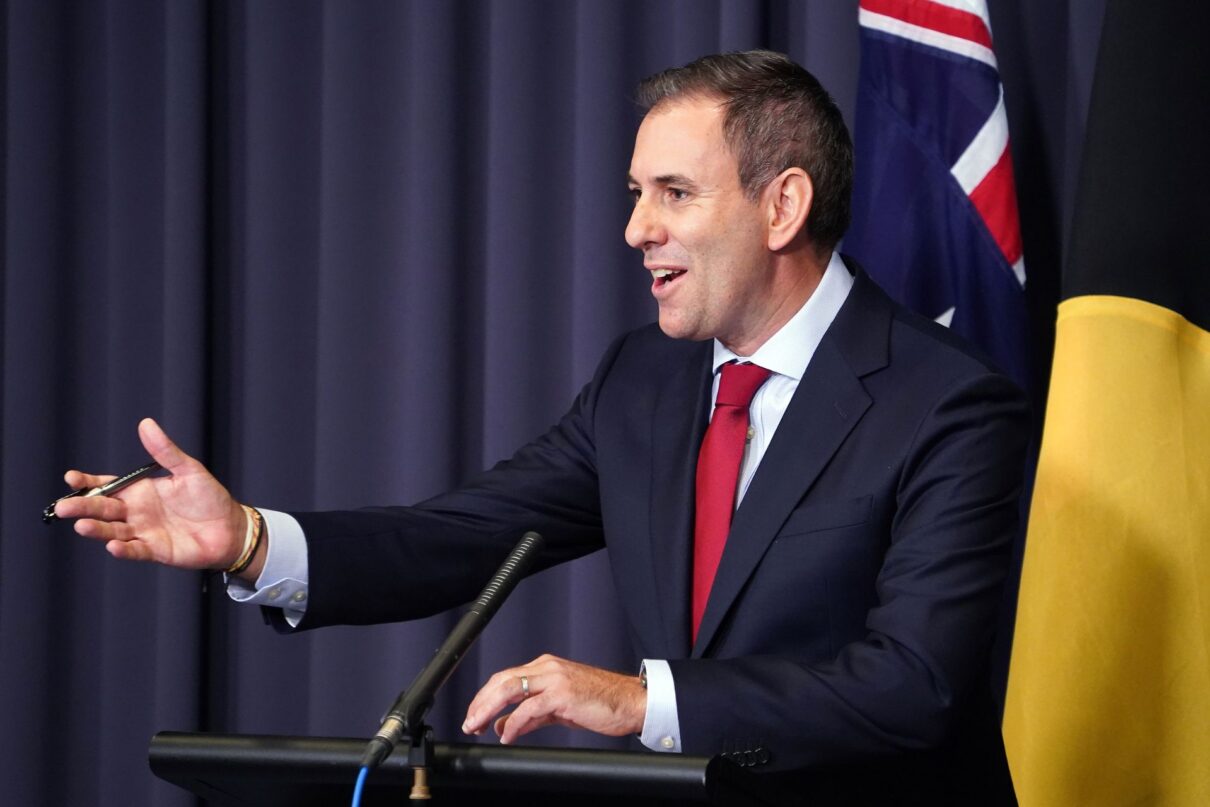On October 13, 2025, Treasurer Jim Chalmers announced significant revisions to the government’s proposed superannuation tax reforms. The updated plan introduces a tiered tax structure for high super balances, eliminates the taxation of unrealised gains, and includes measures to support low-income earners.
These changes are set to take effect from July 1, 2026, and have substantial implications for investors and the broader superannuation landscape.
The Australian government’s superannuation tax reforms have undergone a substantial revision, responding to public and industry feedback. Initially, the proposal aimed to tax unrealised capital gains in superannuation accounts exceeding $3 million. However, the revised plan introduces a tiered tax system, focusing on realised gains and providing additional support for low-income earners.
Market Context
The superannuation system is a cornerstone of Australia’s retirement savings framework, with over $3 trillion in assets under management. The government’s proposed changes have sparked debate about the balance between ensuring a fair system and maintaining the integrity of retirement savings. The revised plan seeks to address concerns about fairness and sustainability while aiming to raise revenue for the federal budget.
Analysis
Key Changes:
- Tiered Tax Structure: Superannuation balances between $3 million and $10 million will be taxed at 30%, while balances exceeding $10 million will face a 40% tax rate.
- Taxation of Realised Gains Only: The proposal to tax unrealised capital gains has been scrapped, with the tax now applying only to realised earnings such as dividends and interest.
- Indexation of Thresholds: The $3 million and $10 million thresholds will be indexed to inflation, reducing the risk of “bracket creep” over time.
- Support for Low-Income Earners: The Low Income Superannuation Tax Offset (LISTO) cap will increase from $500 to $810 and the eligibility threshold will rise from $37,000 to $45,000, potentially benefiting 1.3 million Australians.
Implications for Investors:
- High-Balance Superannuation Accounts: Individuals with super balances exceeding $3 million should assess the impact of the new tax rates on their retirement planning strategies.
- Investment Strategies: The focus on taxing realised gains may influence investment decisions, particularly regarding asset allocation and the timing of asset disposals.
- Superannuation Funds: Superannuation funds may need to adjust their investment approaches to accommodate the new tax regime and continue delivering competitive returns.
Investment View
The revised superannuation tax plan introduces a more balanced approach, aiming to ensure fairness without unduly penalising high-balance superannuation accounts. Investors should consider the following:
- Review Superannuation Balances: Assess current super balances and projected growth to understand potential tax implications.
- Adjust Investment Strategies: Consider the impact of the new tax regime on asset allocation and investment timing.
- Monitor Legislative Developments: Stay informed about the progression of the legislation and any further amendments that may affect retirement planning.
Strategic Takeaway
The government’s revised superannuation tax reforms represent a significant shift towards a more equitable system. Balancing the interests of high-balance account holders with the need to support low-income earners.


